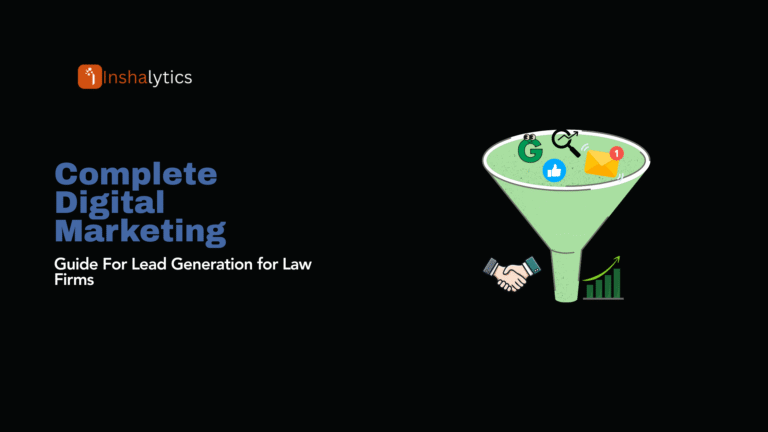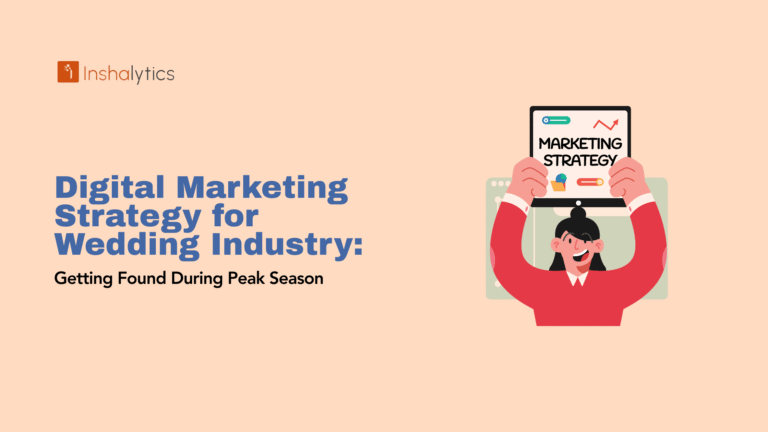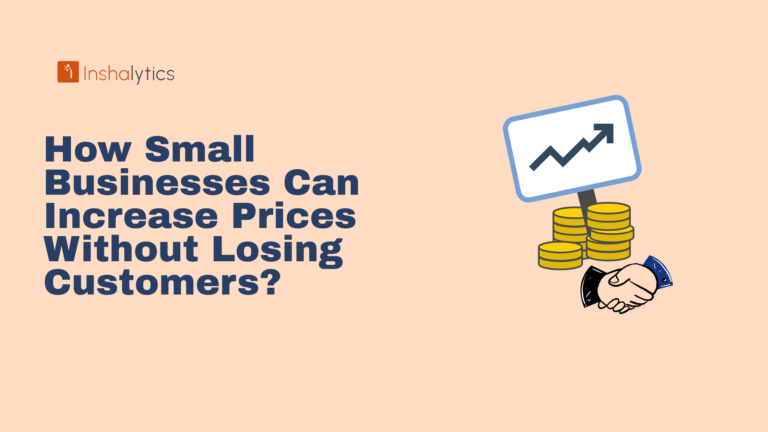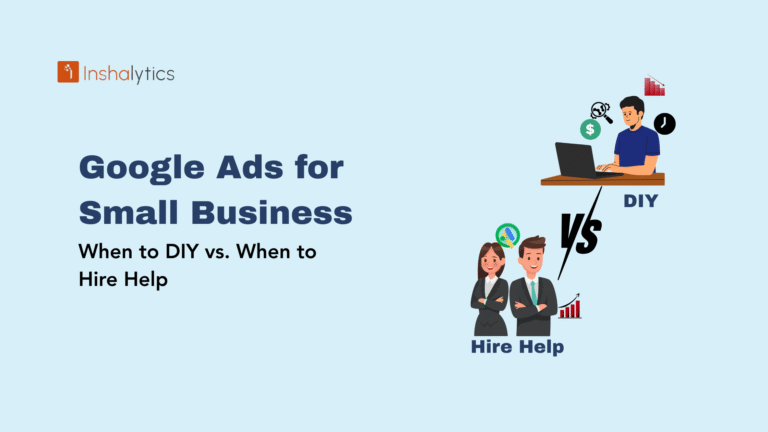The global SaaS market is projected to reach $1.2 trillion by 2032, growing at an impressive 18.4% CAGR. With this explosive growth comes fierce competition, making effective marketing strategies crucial for SaaS success. Unlike traditional marketing approaches, SaaS marketing requires a unique blend of customer acquisition, retention, and long-term relationship building.
Whether you’re launching your first SaaS product or looking to optimize your existing marketing efforts, this comprehensive guide will walk you through everything you need to know about SaaS marketing fundamentals, strategies, and implementation.
What is SaaS Marketing?
SaaS marketing is the strategic process of promoting and selling software-as-a-service products to attract, convert, and retain customers through subscription-based models. It encompasses all marketing activities designed to build awareness, generate leads, drive conversions, and maximize customer lifetime value for cloud-based software solutions.
How SaaS Marketing Differs from Traditional Digital Marketing?
SaaS marketing fundamentally differs from traditional digital marketing in several key ways:
Relationship vs. Transaction Focus: Traditional marketing often centers on one-time transactions, while SaaS marketing prioritizes building long-term customer relationships through ongoing value delivery and engagement.
Recurring Revenue Model: Instead of maximizing single purchase values, SaaS marketing focuses on monthly or annual recurring revenue (MRR/ARR) optimization through retention and expansion strategies.
Product-Centric Approach: SaaS marketing often occurs within the product itself, using in-app messaging, onboarding flows, and feature adoption campaigns to drive engagement and reduce churn.
Why SaaS Companies Need Specialized Marketing Strategies?
SaaS companies face unique challenges that require specialized marketing approaches:
- Complex Sales Cycles: B2B SaaS sales can take 6-18 months, requiring sustained nurturing campaigns
- Educational Requirements: Many prospects don’t initially understand they need your solution
- Retention Dependency: Success hinges on keeping customers subscribed, not just acquiring them
- Technical Complexity: Products often require detailed explanation and demonstration
The SaaS Business Model and Marketing Implications
Subscription-Based Revenue Model
The subscription model creates distinct marketing imperatives. Unlike one-time sales, SaaS companies must continuously demonstrate value to maintain revenue streams. This means marketing efforts extend far beyond initial conversion, focusing heavily on onboarding, feature adoption, and expansion opportunities.
Marketing teams must optimize for metrics like customer lifetime value (CLV) rather than just acquisition volume, fundamentally shifting budget allocation and campaign strategies.
Customer Acquisition vs. Retention Balance
SaaS marketing requires balancing new customer acquisition with existing customer retention. Research shows that acquiring new customers costs 5-25 times more than retaining existing ones, making retention strategies financially critical.
Successful SaaS marketers typically allocate 60-70% of their efforts toward acquisition and 30-40% toward retention and expansion, though this ratio varies based on company maturity and churn rates.
Longer Sales Cycles and Complex Buyer Journeys
B2B SaaS buyers typically consume 11+ pieces of content before making purchase decisions. This extended journey requires sophisticated content mapping, lead nurturing sequences, and multi-touch attribution models to effectively guide prospects through awareness, consideration, and decision stages.
Core Components of SaaS Marketing
Inbound vs. Outbound Marketing for SaaS
Inbound Marketing focuses on attracting customers through valuable content, SEO, and educational resources. This approach works well for SaaS companies because it builds trust and demonstrates expertise while prospects research solutions.
Outbound Marketing involves proactive outreach through cold calling, paid advertising, and direct sales efforts. This approach can accelerate growth but requires careful targeting to avoid high acquisition costs.
Most successful SaaS companies employ a hybrid approach, using inbound to capture organic demand while leveraging outbound to create new demand in untapped markets.
Content Marketing and SEO
Content marketing serves as the foundation for most SaaS marketing strategies. By creating educational blog posts, guides, case studies, and tutorials, SaaS companies can:
- Capture organic search traffic for relevant keywords
- Establish thought leadership and build trust
- Support sales teams with educational materials
- Reduce customer support burden through self-service resources
SEO amplifies content marketing efforts by ensuring your educational content ranks for terms your prospects are searching for throughout their buyer journey.
Product-Led Growth (PLG) Strategies
Product-led growth leverages the product itself as the primary driver of customer acquisition and expansion. Common PLG tactics include:
- Free trials that showcase product value
- Freemium models that convert free users to paid plans
- In-app messaging to drive feature adoption
- Viral features that encourage user sharing and referrals
Email Marketing and Marketing Automation
Email marketing remains one of the highest ROI channels for SaaS companies, with average returns of $42 for every $1 spent. Effective SaaS email marketing includes:
- Welcome sequences for new trial users
- Feature education and onboarding flows
- Re-engagement campaigns for inactive users
- Upgrade prompts based on usage patterns
The SaaS Marketing Funnel Explained
Awareness Stage: Attracting Prospects
At the top of the funnel, prospects are just becoming aware of their problem or your solution category. Marketing activities focus on:
- SEO-optimized blog content targeting informational keywords
- Social media engagement and thought leadership
- Webinars and educational events
- Industry publication features and guest posting
Interest Stage: Lead Generation and Nurturing
Once prospects understand their need, they begin researching solutions. Key tactics include:
- Gated content like whitepapers and industry reports
- Email nurturing sequences with educational content
- Retargeting campaigns for website visitors
- Free tools and calculators that provide immediate value
Consideration Stage: Product Demonstrations and Trials
Prospects actively evaluate solutions and compare alternatives. Focus on:
- Free trial sign-ups with guided onboarding
- Product demonstrations and sales calls
- Case studies and customer success stories
- Comparison pages highlighting your advantages
Conversion Stage: Turning Trials into Paid Customers
Convert evaluating prospects into paying customers through:
- Personalized onboarding experiences
- Usage-based upgrade prompts
- Limited-time pricing incentives
- Direct sales outreach for high-value prospects
Retention Stage: Reducing Churn and Increasing LTV
Maintain and expand customer relationships via:
- Customer success programs and regular check-ins
- Feature adoption campaigns
- Upselling and cross-selling initiatives
- Community building and user advocacy programs
Essential SaaS Marketing Strategies for Beginners
Content Marketing Strategy
Start with a content calendar that addresses customer pain points at each funnel stage. Create:
- Top-of-funnel: Educational blog posts, industry insights, and problem-awareness content
- Middle-of-funnel: Solution comparisons, buyer guides, and detailed feature explanations
- Bottom-of-funnel: Case studies, ROI calculators, and implementation guides
Search Engine Optimization (SEO) for SaaS
Focus on keywords your prospects actually search for:
- Informational keywords: “How to [solve problem]”
- Commercial keywords: “[Solution category] software”
- Brand keywords: “[Competitor] alternative”
- Feature keywords: “[Specific feature] tool”
Pay-Per-Click (PPC) Advertising
Use PPC to accelerate results while building organic presence:
- Target high-intent keywords with compelling ad copy
- Create dedicated landing pages for each campaign
- Implement conversion tracking and attribution
- Test different messaging and offers continuously
Free Trials and Freemium Models
Remove barriers to product experience:
- Keep trial sign-up forms simple (email + password only)
- Provide immediate value in the first session
- Send helpful onboarding emails throughout the trial
- Offer upgrade incentives before trial expiration
Key SaaS Marketing Metrics and KPIs
Customer Acquisition Cost (CAC)
Calculate total marketing and sales expenses divided by the new customers acquired. Industry benchmarks vary, but aim for CAC payback periods under 12 months.
Customer Lifetime Value (CLV)
Measure the total revenue a customer generates throughout their subscription lifetime. Maintain a CLV: CAC ratio of at least 3:1 for sustainable growth.
Monthly Recurring Revenue (MRR)
Track predictable monthly revenue from subscriptions. Break this down by new, expansion, and churned MRR to understand growth drivers.
Churn Rate and Retention Metrics
Monitor both customer churn (percentage of customers who cancel) and revenue churn (percentage of revenue lost). Best-in-class SaaS companies maintain monthly churn rates below 5%.
Common SaaS Marketing Challenges
Long Sales Cycles
Solution: Implement lead scoring and nurturing sequences that provide value throughout extended evaluation periods. Create content for each decision-maker and buying stage.
High Customer Acquisition Costs
Solution: Focus on retention and expansion to increase CLV. Optimize conversion rates at each funnel stage rather than just increasing traffic volume.
Customer Churn and Retention
Solution: Invest in customer success programs, improve onboarding experiences, and create feedback loops to address satisfaction issues proactively.
Building Your First SaaS Marketing Strategy
Step 1: Define Your Target Audience and Buyer Personas
Research your ideal customers’ demographics, pain points, buying processes, and preferred content formats. Create detailed personas that guide all marketing decisions.
Step 2: Set SMART Marketing Goals and KPIs
Establish specific, measurable goals like “Increase MRR by 25% in Q1” or “Reduce CAC by 15% through improved conversion rates.” Align metrics with business objectives.
Step 3: Choose Your Marketing Channels and Tactics
Start with 2-3 channels you can execute well rather than spreading efforts thin. Common starting points include content marketing + SEO, PPC advertising, and email marketing.
Step 4: Create a Content Calendar and Budget
Plan content themes, publication schedules, and resource requirements. Allocate budget based on channel performance and growth stage priorities.
Step 5: Implement Tracking and Analytics
Set up proper attribution tracking to measure channel effectiveness. Use tools like Google Analytics, marketing automation platforms, and customer data platforms to gather insights.
SaaS Marketing Tools and Resources
Analytics and Tracking Tools
- Google Analytics for website behavior
- Mixpanel or Amplitude for product analytics
- HubSpot or Salesforce for CRM and attribution
Content Marketing Tools
- Ahrefs or SEMrush for keyword research
- Canva or Figma for visual content creation
- CoSchedule or Buffer for content calendar management
Email Marketing Platforms
- Mailchimp or ConvertKit for small businesses
- HubSpot or Pardot for enterprise needs
- Intercom or Customer.io for behavior-triggered campaigns
Frequently Asked Questions About SaaS Marketing
How much should I budget for SaaS marketing?
Most SaaS companies allocate 10-20% of revenue to marketing, with early-stage companies often spending 50%+ to drive initial growth. Focus on sustainable CAC:CLV ratios rather than arbitrary percentage targets.
What’s the best marketing channel for SaaS startups?
Content marketing and SEO typically provide the best long-term ROI, while PPC can accelerate initial traction. The best channel depends on your audience, competition, and resources.
How long does it take to see results from SaaS marketing?
PPC and email marketing can generate immediate results, while SEO and content marketing typically require 6-12 months for a significant impact. Plan for a mixed approach with both short and long-term tactics.
Next Steps: Implementing Your SaaS Marketing Plan
Now that you understand SaaS marketing fundamentals, start with these immediate actions:
- Audit your current efforts using the metrics and strategies outlined above
- Choose 2-3 channels to focus on initially rather than spreading efforts thin
- Create buyer personas based on actual customer research and data
- Set up proper tracking to measure what’s working and what isn’t
- Start small and iterate – test approaches, measure results, and scale what works
Remember, successful SaaS marketing is a marathon, not a sprint. Focus on building sustainable systems that can scale with your business while continuously optimizing based on data and customer feedback.
The SaaS landscape will continue evolving, but companies that master these fundamentals while staying agile in their approach will be best positioned to capture their share of this trillion-dollar market opportunity.




